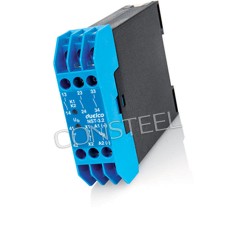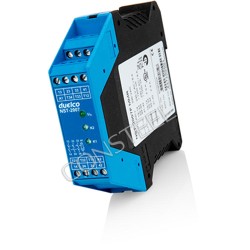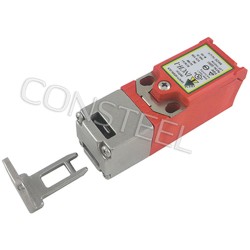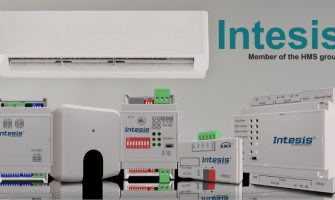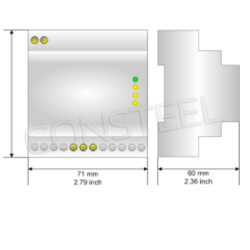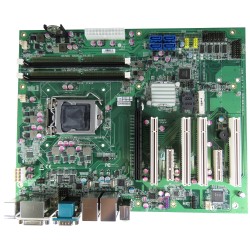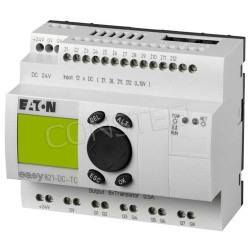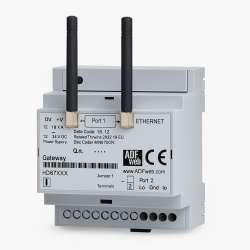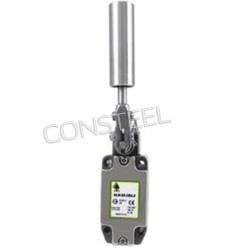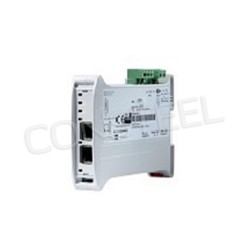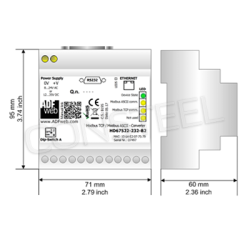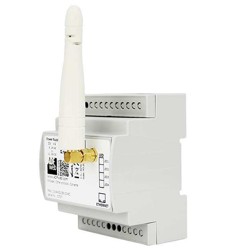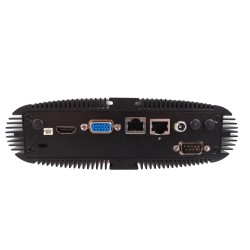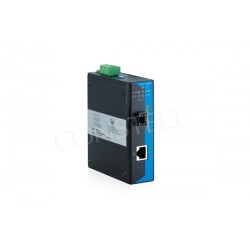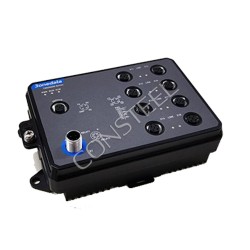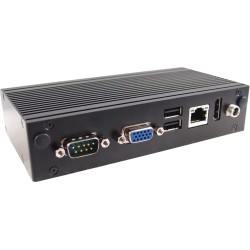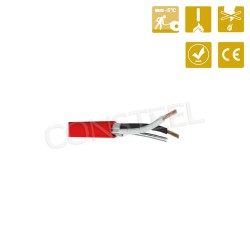What are safety relays and when to use them?

What is a safety relay?
Simply put, a safety relay is a device that performs the function of process protection. Safety relays are part of systems and work with safety switches of various types including emergency, key, cable, interlock, etc. A safety relay is a component whose main task is to monitor the status of the switch. It checks whether the switches are properly connected, grounded and short-circuited. In case of detection of danger and irregularities, their task is to disconnect the drive power system and stop the process.
When to use safety relays?
Safety relays should be used whenever process safety must be maintained. In schemes where safety elements such as safety gates, safety curtains or E-STOPs have been used. Safety relays are used when you want to reduce the level of risk of danger. That's why safety relays are used for security door monitoring functions, time delay functions, the E-STOP safety switch or the operation of barriers and curtains.
How does a safety relay work?
The operating principles of safety relays are designed in such a way that their design, in the event of a device error or malfunction due to external causes, will not result in a reduction of safety functions, while assuming that the relays are properly wired. The typical design of first-generation relays consists of a three-contact design using relay technology. The use of redundant design means that wiring errors do not affect the loss of safety functions.
Using two relays with override function provides a safe contact connection. Two input circuits activate one of two internal relays. Thanks to the actuating relay, the circuit is active. It should be noted that there is an additional monitoring circuit between the points. It is used to control and monitor the position of the actuators, which can be switched on or off via the safety contacts. Safety relays are designed to detect all faults in the input circuit.
How to connect a safety relay?
The question of how to connect a safety relay cannot be answered unequivocally. It all depends on the project in which it will be used and which model of a particular manufacturer you use. On the manufacturers' website there are always diagrams showing the connection of such relays. Below is an example diagram of the NST-3 model from Duelco.
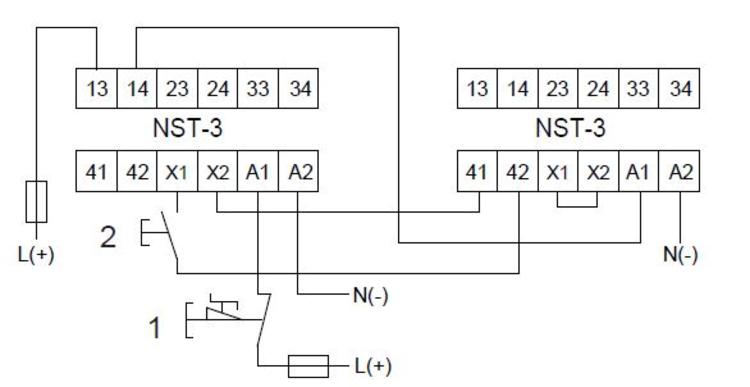
.













